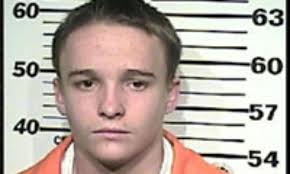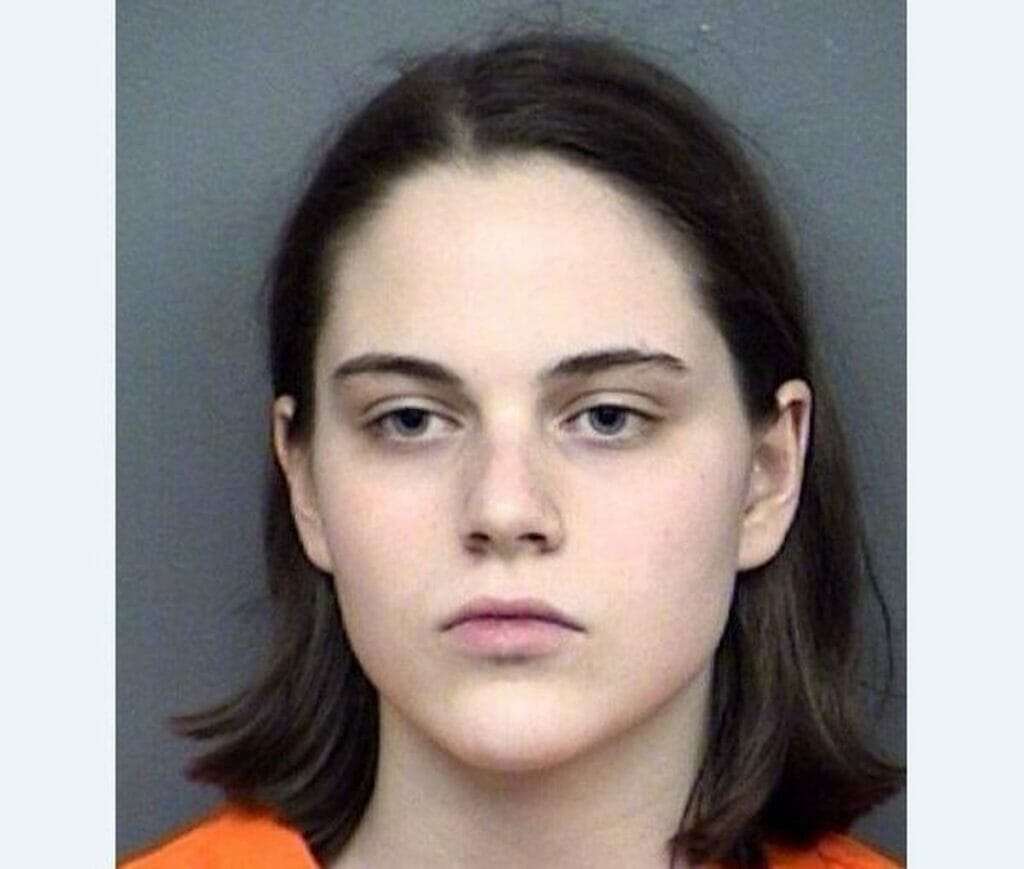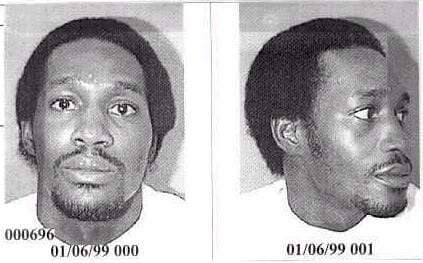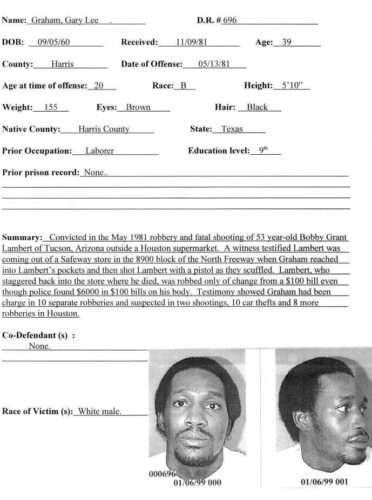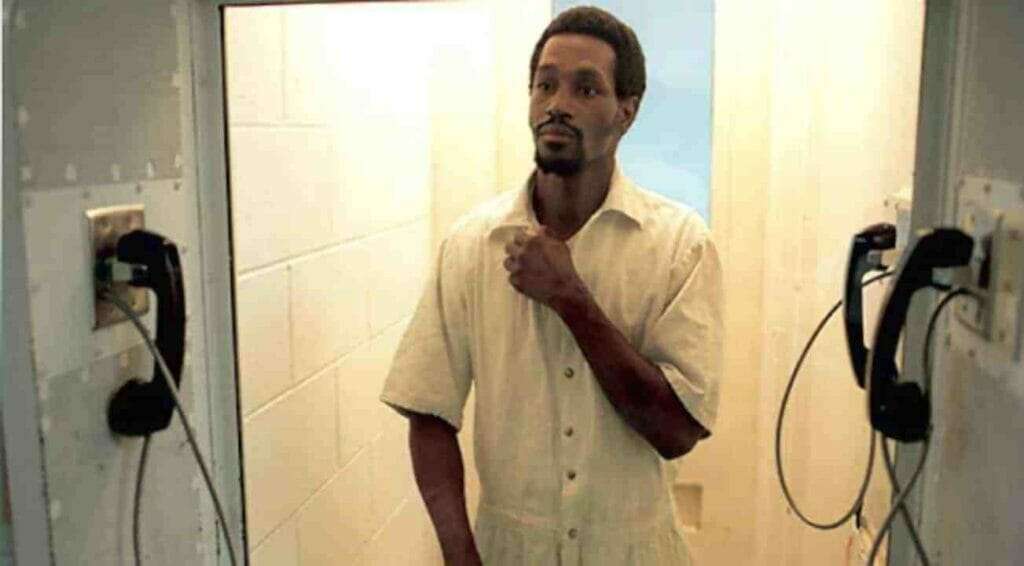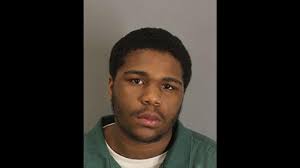
Selena whose full name is Selena Quintanilla-Pérez was a young singer who career was on the rise when she was brutally murdered by a woman by the name of Yolanda Saldivar who was the founder of the Selena Fan Club
Selena Murder
According to sources Yolanda Saldivar had spoken to Selena father several times about starting a Selena fan club and eventually agreed. The family was so impressed with Yolanda Saldivar that they appointed her manager of one of the boutiques that Selena owned. However soon after the boutiques were losing money and customers and most of it was blamed on Yolanda Saldivar management style or lack of one.
The final straw came when a number of fans had spoken to Selena’s father about sending the Selena Fan Club money and receiving nothing in return. The father began investigating the claims and soon realized that Yolanda Saldivar had been embezzling. When the woman was confronted with the allegation she would go out and buy a gun.
On March 31, 1995 Yolanda Saldivar would approach Selena and would fatally shoot the young singer.
Yolanda Saldivar was convicted of Selena murder and sentenced to life in prison
Selena Killer Yolanda Saldivar 2021 Information
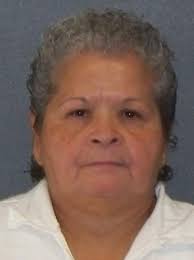
SID Number: 05422564
TDCJ Number: 00733126
Name: SALDIVAR,YOLANDA
Race: H
Gender: F
Age: 60
Maximum Sentence Date: LIFE SENTENCE
Current Facility: MOUNTAIN VIEW
Projected Release Date: LIFE SENTENCE
Parole Eligibility Date: 2025-03-30
Selena Other News
The woman convicted of killing Tejano superstar Selena Quintanilla asked for a new trial earlier this year.
In a petition filed in Federal court on March 28, Yolanda Saldivar requested a new trial based on her belief that the prosecutor withheld evidence that could have proved her innocence. Specifically, Saldivar says the prosecutor, Carlos Valdez, presented white tennis shoes and a black baseball cap during a media interview in March of 2018.
Saldivar says those items were not introduced to the jury as evidence. She claims not only does that violate her right to due process, it deprived her of the ability to provide an adequate defense.
The filing is Saldivar’s second petition for a writ of habeas corpus. It was denied because anyone filing a second such petition must first seek permission from the Fifth Circuit Court of Appeals. Saldivar mistakenly filed hers directly with the United States District Court in Waco.
In an interview with Radar Online, Saldivar questioned why the defense would withhold the evidence if it proved she committed the murder.
Saldivar has not filed any petition with the Fifth Circuit Court of Appeals.
Selena Videos
Selena Other News
While fans remember the legacy of Selena, questions also still surround the woman who killed her.
On March 31, 1995, Selena Quintanilla was shot to death in Corpus Christi by the founder of her fan club, Yolanda Saldivar. Selena was only 23 years old.
Prosecutors say Selena, affectionately known as the undisputed Queen of Tejano by her fan base, had confronted Saldivar about embezzlement allegations.
Saldivar has said the shooting was an accident.
Saldivar, whose trial was moved to Houston due to extensive publicity about the case, was convicted of murder and sentenced to life in prison.
But what has happened to Saldivar in between the singer’s death and now?
In June 2009, Saldivar lost an appeal because it was filed in the wrong county. According to Billboard, Saldivar had asked for an appeal filed nine years earlier in Nueces County to move forward, but it should have been filed in Harris County where she was convicted.
In early 2010, an appeals court in Austin denied a petition challenging Saldivar’s conviction.
Since then, rumors and internet hoaxes have sprung up, alleging that Saldivar is dead.
Billboard reported in 2015 that an article from a conspiracy site stated Saldivar was found dead by deputies in her prison cell. But the rumor was quickly debunked.
The Texas Department of Criminal Justice told San Antonio ABC affiliate KSAT that it was all false.
Saldivar remains in the Mountain View Unit, a maximum-security women’s prison in Gatesville, Texas, about 130 miles southwest of Dallas, corrections officials told ABC News.
The prison houses Texas’ female death row and other high-profile inmates, including Amber Guyger, the former Dallas police officer convicted of killing her neighbor Botham Jean after she said she had mistaken his apartment for her own.
Saldivar will be eligible for parole in 2025, 30 years after Selena’s death.
Frequently Asked Questions
Selena Netflix
In 2020, 25 years after she was tragically killed at the age of 23, Selena is firmly entrenched in popular culture. You know her by that one, single name. Brands like MAC and Forever 21 have built collections around her. Even when it feels like we’re approaching a point of saturation, there’s always something on the horizon—the latest being Netflix’s Selena: The Series, a multi-season look at the singer’s rise to stardom. In a sense, this was what she wanted: to be embraced by both sides of her community, Americans and Mexicans, in Spanish and in English.
The series’ expanded approach to Selena’s story offers a new way of looking at the singer, one that’s less a myth-making portrait of Selena Quintanilla-Pérez and more of a collective scrapbook of her family’s experiences. This is a matter of necessity: For better or worse, much of Selena’s story has been covered elsewhere, namely in Gregory Nava’s 1997 film starring Jennifer Lopez. Thus, The Series often sidelines Christian Serratos’s meek version of Selena and looks elsewhere for narrative, as if she’s just along for the ride rather than in the driver’s seat. She spends plenty of time away from the stage, in casual clothes rather than concert-level costumes. It’s a humanizing effort on its face, yet the accessibility feels incomplete because there’s no explanation of what Selena wants and how she really feels. We may never know those things, but it’s strange for a series named after the singer to not even try to imagine them.
Instead, Selena delves into the roles her family and their band, Los Dinos, played in her ascendance. (Not coincidentally, Selena’s family members A.B. and Suzette Quintanilla are credited as producers on the show.) It highlights her dad’s strong will, her brother’s writing and producing skills, and her sister’s emotional support; it shines a light on some of the personalities that had a hand in her rise, like bandmates Pete Astudillo and Ricky Vela, and show host Johnny Canales, who gave Selena y Los Dinos one of their first big breaks.
It’s a pure ensemble show—in a way, the framing demythologizes Selena, making her into just another member of the band. This is the way her family remembers her, or at least what memories of her they feel comfortable sharing. But it’s not one that lines up with the long-held vision of a strong Tejana who took center stage in a male-dominated musical genre. She broke records and sold out shows in her lifetime, how couldn’t she be the star in a show about her? Perhaps that’s the point: At its heart, the value of The Series is the way it will make fans come to terms with Selena the Legend and Selena the Person. She was a gifted singer with undeniable charisma; she was also the annoying little sister who ate her big sister’s chips and got on her brother’s nerves.
One explanation for Selena’s lasting fame is her relatability. Many fans see some part of themselves in her story and presence, whether it’s her family’s hardworking background, her struggle to learn Spanish, or the way she embraced her natural looks despite feeling out of place between cultures—one that didn’t see her as American enough and the other that didn’t see her as Mexican enough.
There’s one great sequence in the TV series where Selena and her family lock horns with outside consultants who try to fashion Selena into—quite literally—an exoticized other. On set, Selena is frazzled by this forced image, at first joking about the awful pan-ethnic looks cooked up by the record label’s team before frustration devolves into demoralization. This is not who she is. Who she is is much closer to home, a mix of Mexican and American cultures, something outsiders couldn’t—or wouldn’t—understand.
Throughout the show, which cleverly includes the English-language songs Selena was listening to at the time, we see Selena live comfortably in that space between two cultures, free to pick and choose between listening to Jody Watley and crushing on Luis Miguel. Selena embraced the freedom of making one’s own identity through one’s disparate cultures. Her story gives those who identify with her some sense of comfort—she succeeded in the face of adversity and didn’t lose herself in the process.
Many versions of Selena’s story fixate on her tragic end, keeping her in a fossilized state of potential, placing unimaginable importance on what she accomplished and what she meant as a star. But her status and purpose as an idol exist in relation to those who idolize her. The series—more focused on Suzette and Selena’s car shopping trips and the Quintanilla siblings’ dynamics—seeks to define her separate from her fans. Her greatness is almost always evident, but The Series posits that the personal, even mundane affects of her life were just as crucial in composing her persona.
Painting a full, vivid picture of Selena is an endeavor many have undertaken since her death. In Lourdes Portillo’s introspective documentaries, Corpus: A Home Movie for Selena and Conversations With Intellectuals About Selena, she explores the way Selena reverberated within popular culture. The films arrived just a few years after the singer’s death, when it was already evident that Selena meant more to many people than your average pop star.
In Corpus: A Home Movie for Selena, we meet everyday admirers, people who knew her closely and in passing, her grief-stricken family, academics who examined her influence, and little girls who saw themselves in Selena. There’s a sense of the person she was from the people who knew her—as family and in passing—and a sense of what Selena meant to her fans. The documentary is both a loving tribute and proof of how one figure can mean so many things to so many different people.
Its companion film, Conversations With Intellectuals About Selena is just what it says it is. Over margaritas and a meal, experts discuss and debate whether Selena was a bad role model because she was taken out of school at an early age, the role her domineering father played in her life, and the shaping of her legacy. They even sift through some of the tabloid fodder that’s not always talked about when talking about Selena, exploring the queer subtext and framing of her relationship with Yolanda Saldivar and whether or not Selena had an extramarital affair. But what’s most striking about this film—and Corpus: A Home Movie for Selena—is that there is no clear-cut agreement on what the star represents. Not everyone understands her appeal or likes her music, but everyone at the table seems to acknowledge that deeper, almost personal, connection fans have with her.
With all of these deep-seated emotions tied up with the artist and the many things she represents, it seems obvious that Selena: The Series was never going to satisfy everyone. For fans who grew up singing her songs, refreshing shopping pages for the latest Selena merch, and faithfully quoting Nava’s biopic, a new TV series isn’t going to change what she already meant to us. Instead, the show turns its eye toward Selena’s family, and tries to do something that hasn’t yet been done: explain what she meant to them.
https://www.theringer.com/tv/2020/12/9/22164047/selena-the-series-netflix-review-legend-vs-reality
Selena More News
It was supposed to be the start of a bright new chapter. Tejano star Selena Quintanilla-Pérez was working on her English crossover album, Dreaming of You, following the success of her four Spanish-language albums throughout Mexico and Latin America. But before she could finish her record, Selena was shot and killed by former fan club president Yolanda Saldívar on March 31, 1995. She was 23 years old.
Selena may physically be gone, but the essence of who she was still permeates our culture today—25 years after her death. It’s not just her songs, but her sense of fashion and style, too. Since Selena’s death, there have been everything from Selena-inspired clothing and makeup lines, to tribute albums, concerts, musicals, memorials, Barbie dolls, wax figures, drag shows and various other art forms celebrating her life, including a new series from Netflix. Christian Serratos is spot-on as Selena.
When Selena passed away, I told my family that I was going to try to keep her memory alive through her music,” Selena’s father, Abraham Quintanilla, Jr., told People in March. “And 25 years later I think we, as a family, accomplished that.”
A month before her death, Selena was at the height of her career: On February 26, 1995, she performed with her band Los Dinos for more than 60,000 people at the Houston Astrodome in her iconic purple pantsuit. A few days later she attended the Grammy Awards for a second time, where her fourth-studio album Amor Prohibido was nominated for Best Mexican-American Performance. (She lost, but in 1994, “Selena Live” won the Grammy for Best Mexican-American Album.)
She was also recording “I Could Fall In Love” with noted songwriter and producer Keith Thomas in Franklin, Tennessee. And outside of music, Selena was looking to expand Selena Etc, a boutique brand that she launched the year prior with stores in San Antonio and her hometown of Corpus Christi, Texas.
But in early March 1995, Selena and her family discovered financial problems with her fan club and fashion brand. They accused Saldívar—who was promoted to manage the boutiques after her successful work with the club—of not sending fans items that they paid for, as well as embezzling $30,000, the Associated Press reported at the time. Selena tried to recover those records on a few separate occasions, and on one such attempt at a Days Inn motel in Corpus Christi, Saldívar shot Selena in the back with a 38-caliber revolver. The bullet shattered an artery in her collarbone before exiting her chest, the effects of which also negatively impacted her brain function, according to the Associated Press.
Several motel employees later testified that Selena came running into the motel’s lobby after being shot and chased by Saldívar. She gave Saldívar’s name and room number before she collapsed and was rushed to Corpus Christi Memorial Hospital, where she was pronounced dead, AP reported. This testimony was in conflict with Saldívar’s defense, that she shot Selena by accident. Saldívar was found guilty of first-degree murder and sentenced to life in prison, though over the years she’s maintained her innocence and filed for several appeals to no avail.
The sudden loss of Selena was so devastating that many couldn’t believe the news at first. Maria Aguirre, a receptionist for Tejano radio station KQQK at the time of the singer’s death, told the New York Times that calls from fans poured in as the news of her being shot spread, many of whom were “calling to confirm” that Selena died.
“They cannot believe that it happened,” she had said. “It’s almost like the feeling when John Lennon died. She was the queen of Tejano.”

